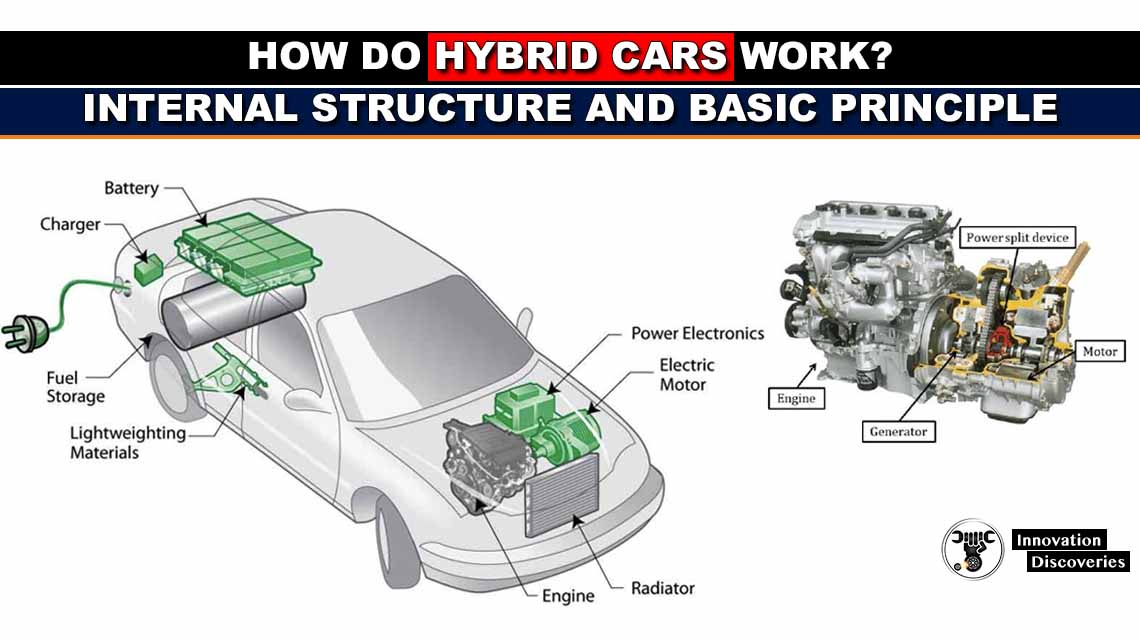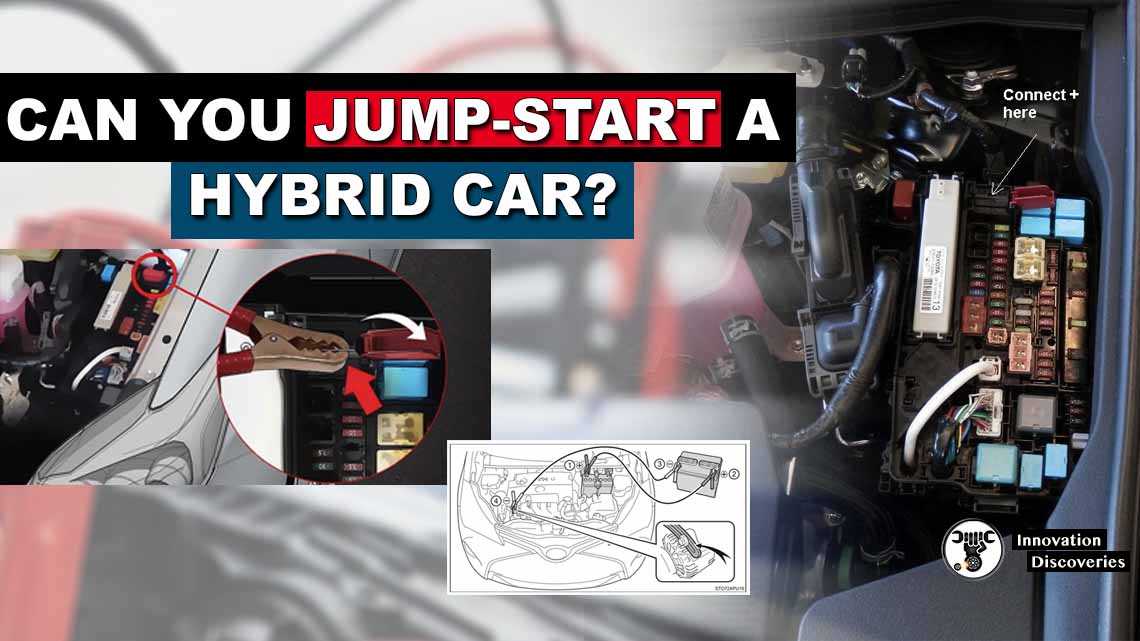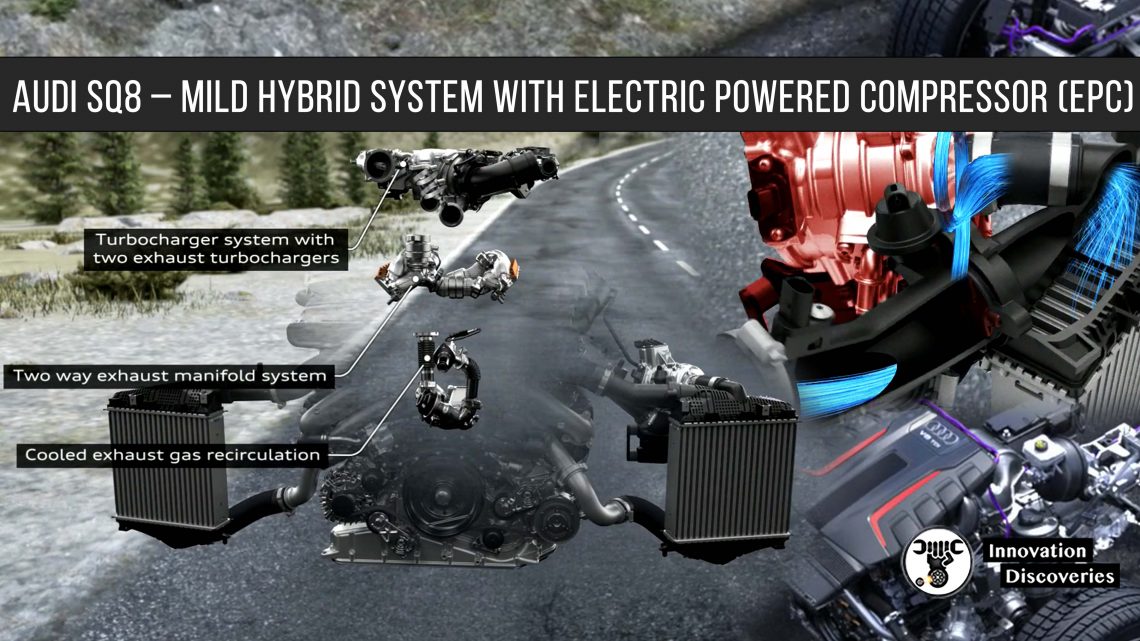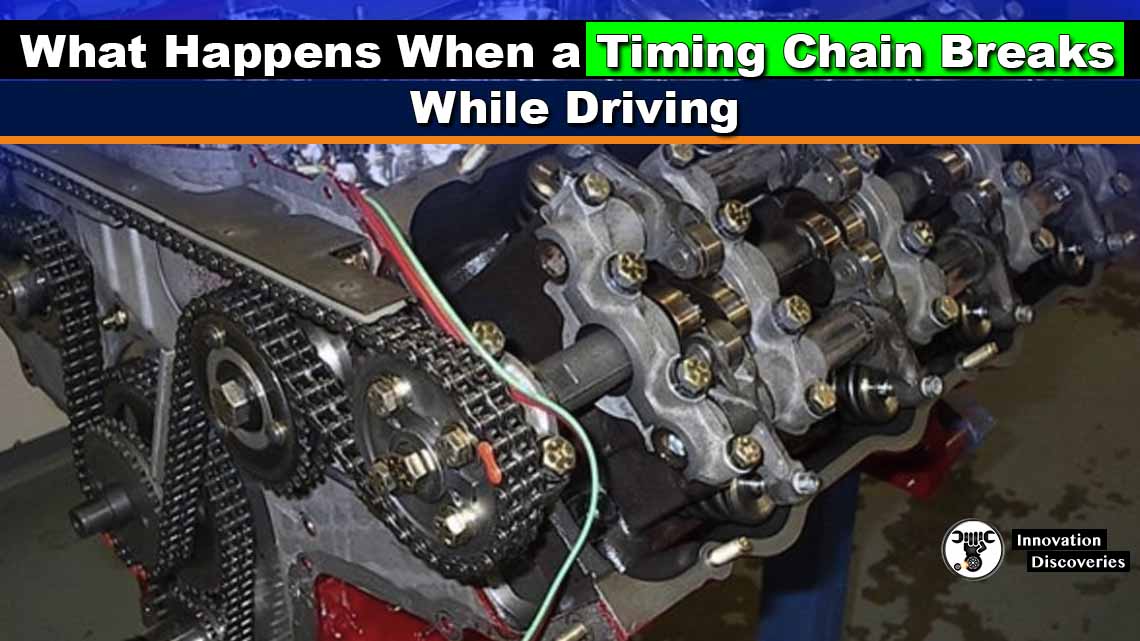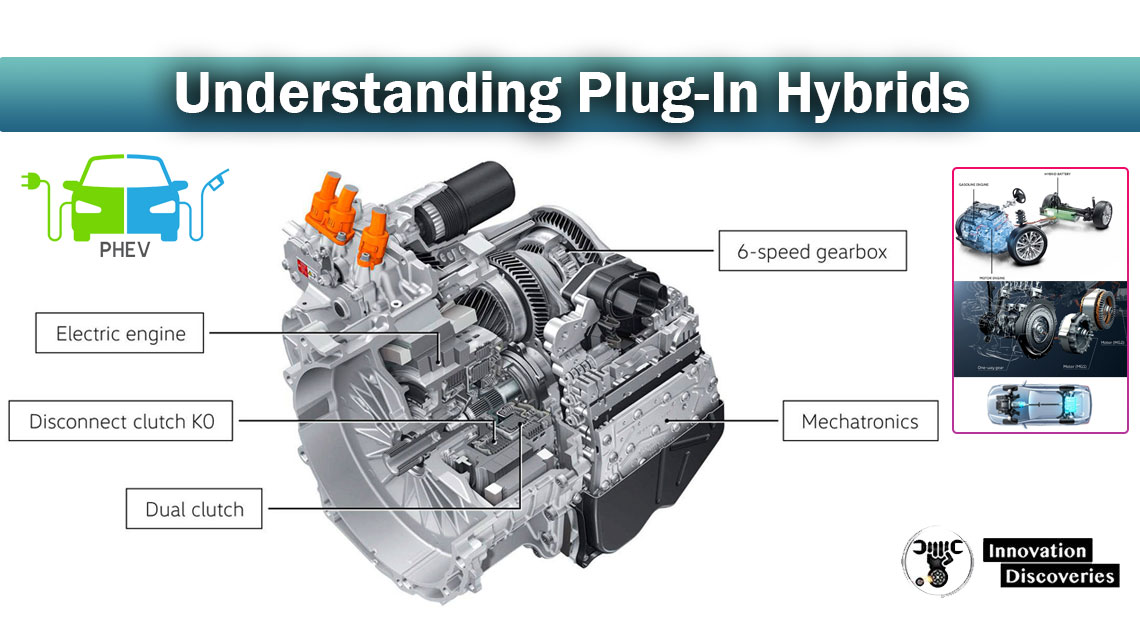
As the world transitions towards a more sustainable future, the automotive industry has been actively developing innovative solutions to reduce greenhouse gas emissions and dependence on fossil fuels. One such solution that has gained significant attention is the plug-in hybrid (PHEV) vehicle.
By combining the benefits of both electric and internal combustion engines, PHEVs offer a compelling option for consumers seeking a more eco-friendly and versatile driving experience.
In this article, we will delve into the concept of plug-in hybrids, explore their advantages and limitations, and examine their role in the transition to a greener transportation sector.
Understanding Plug-In Hybrids
A plug-in hybrid is a type of vehicle that utilizes both an electric motor and an internal combustion engine. Unlike conventional hybrids, PHEVs have larger battery packs that can be charged by plugging them into an external power source, typically an electrical outlet. This feature allows PHEVs to operate solely on electric power for a certain range, depending on the battery capacity, before the internal combustion engine kicks in to provide additional range or power.
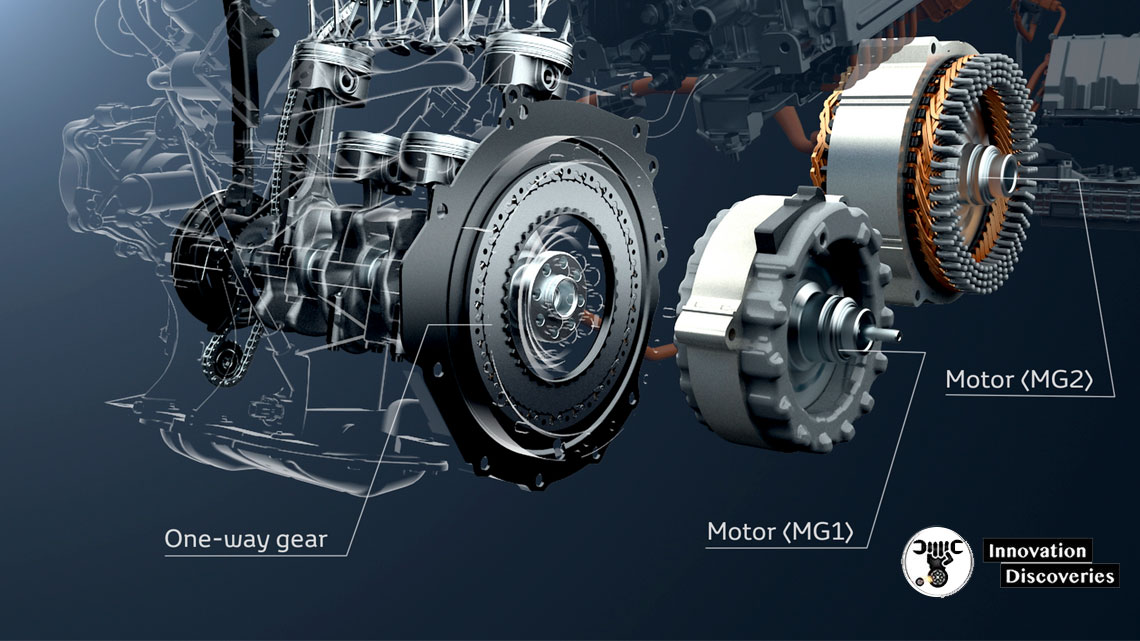
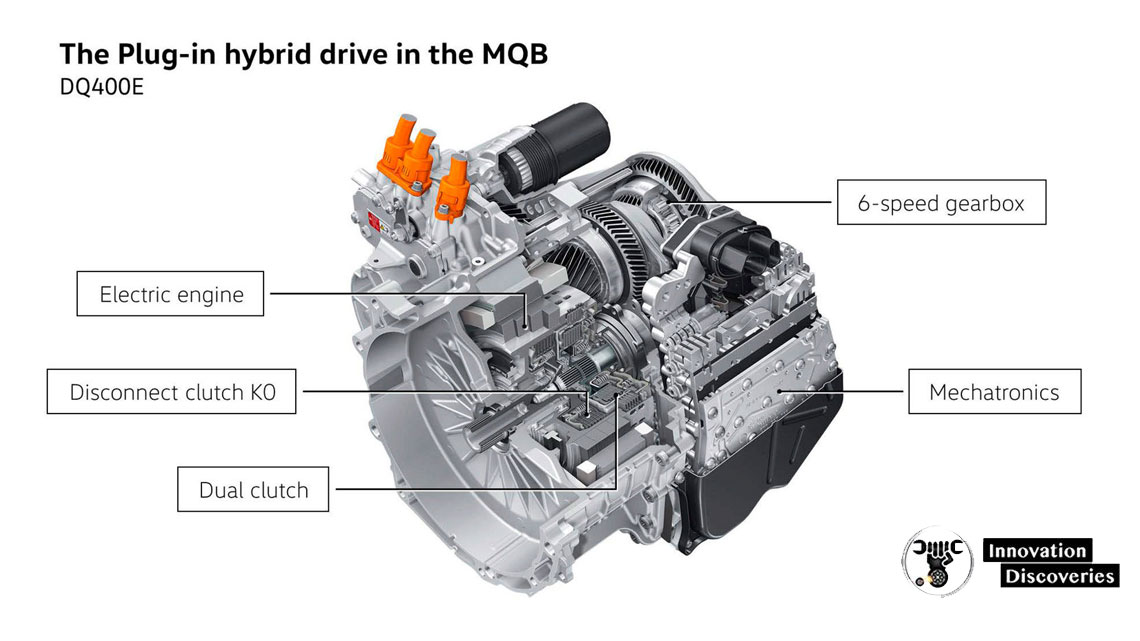
How Plug-In Hybrids Work:
– Electric Motor:
PHEVs are equipped with an electric motor that draws power from the onboard battery pack. This electric motor can propel the vehicle on its own, providing zero-emission electric driving for a certain range, typically between 20 and 50 miles, depending on the model. The motor delivers instant torque, resulting in smooth and responsive acceleration.
– Internal Combustion Engine:
PHEVs also have a conventional internal combustion engine, usually gasoline-powered. When the battery charge is depleted or when additional power is required, the internal combustion engine kicks in, supplying energy to the drivetrain and extending the vehicle’s range. The engine can charge the battery while driving through a process called regenerative braking.
– Battery Pack and Charging:
The battery pack in a PHEV is larger than that of a conventional hybrid but smaller than that of a pure electric vehicle. It can be charged by plugging the vehicle into a standard electrical outlet or a dedicated charging station. Charging times vary depending on the charging capacity and the available power source. It typically takes a few hours to fully charge a PHEV.

Advantages of Plug-In Hybrids
1. Environmental Benefits:
Plug-in hybrids significantly reduce greenhouse gas emissions and air pollution compared to conventional internal combustion engine vehicles. When operating on electric power alone, PHEVs produce zero tailpipe emissions, making them an attractive choice for environmentally conscious individuals.
2. Increased Fuel Efficiency:
The combination of an electric motor and an internal combustion engine enables PHEVs to achieve higher fuel efficiency compared to traditional vehicles. By utilizing the electric motor for shorter trips and city driving, PHEVs can minimize the use of gasoline, resulting in fewer fuel costs and reduced dependence on fossil fuels.
3. Extended Driving Range:
One of the main advantages of PHEVs over pure electric vehicles is their extended driving range. With an internal combustion engine serving as a backup, PHEVs eliminate range anxiety, as they can rely on gasoline to power the vehicle when the battery is depleted, allowing for long-distance travel without the need for frequent recharging.
4. Flexibility and Convenience:
PHEVs offer the flexibility of being able to charge their batteries from an external power source or generate electricity through regenerative braking. This means that drivers have the option to recharge their vehicle at home, work, or public charging stations, depending on their convenience and availability.
5. Transitionary Solution:
Plug-in hybrids serve as a bridge between conventional internal combustion engine vehicles and fully electric vehicles. They offer a familiar driving experience for consumers while encouraging the adoption of electric technology and the development of charging infrastructure.
Limitations and Challenges
1. Limited Electric Range:
Although PHEVs provide an extended driving range compared to fully electric vehicles, their all-electric range is typically more limited. This means that for longer journeys, PHEVs will still rely on the internal combustion engine, resulting in higher fuel consumption and emissions.
2. Charging Infrastructure:
The widespread adoption of PHEVs is dependent on the availability and accessibility of charging infrastructure. While progress has been made in recent years, the charging network still requires further expansion to support the growing number of plug-in hybrid vehicles on the road.
3. Cost Considerations:
PHEVs tend to be more expensive than conventional vehicles due to the additional battery and electric drivetrain components. However, it’s important to consider long-term savings on fuel costs and potential incentives or tax credits that can offset the initial purchase price.
Conclusion
Plug-in hybrids represent a significant step towards a greener transportation sector. By blending the benefits of electric and internal combustion engines, PHEVs offer improved fuel efficiency, reduced emissions, and increased driving range.
While there are limitations and challenges to address, the ongoing advancements in battery technology and the expanding charging infrastructure are likely to enhance the appeal
Discover More:
Visit Forum
Visit Our Friendly Website


